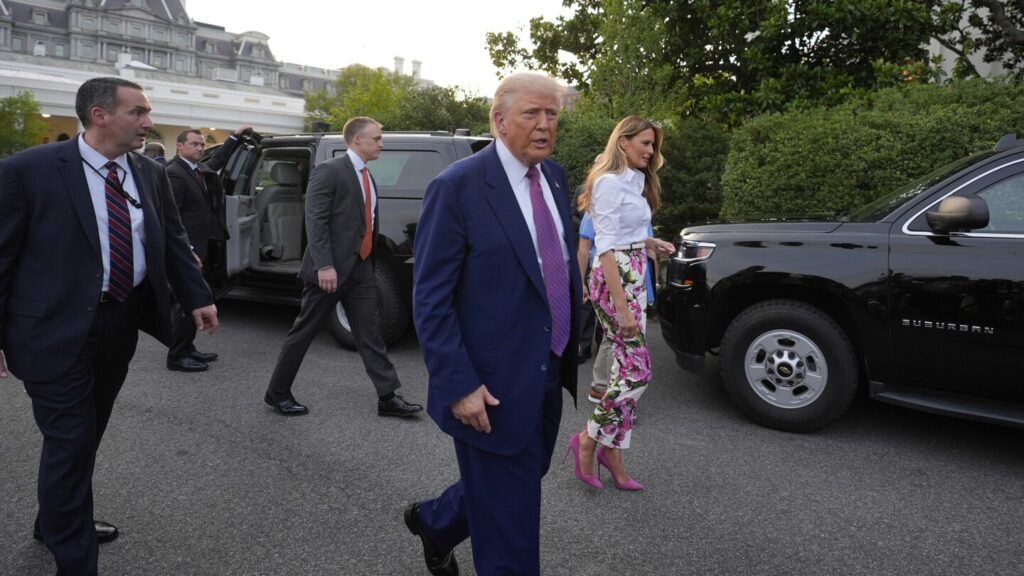In a recent development, President Donald Trump urged Iran to swiftly reach an agreement on limiting its nuclear program, coinciding with Israel’s commitment to continue its attacks on the country. Trump characterized the situation in the Middle East as a crucial moment for Iran to avert further destruction and preserve what remains of the “Iranian Empire.” Following Israel’s strikes on Iran’s key facilities, Trump emphasized that the U.S. did not participate in the attacks but acknowledged Israel’s use of American weaponry.
As tensions escalate, the U.S. is repositioning its military assets in the region to guard against potential retaliatory actions by Tehran. The destroyer USS Thomas Hudner has been directed to the Eastern Mediterranean, with another destroyer on standby for White House requests. Amidst diplomatic efforts, Trump is sending his special envoy, Steve Witkoff, to Oman for talks on Tehran’s nuclear advancements, although Iranian participation remains uncertain.
With Trump engaging in discussions with global leaders and media outlets, including calls for Iran to return to negotiations, the situation remains volatile. Despite some voices praising diplomatic efforts, concerns persist about the potential for a broader conflict in the Middle East. The complex geopolitical landscape, compounded by the U.S.’s withdrawal from the 2015 nuclear agreement and Israel’s military actions, underscores the challenges in finding a resolution to the crisis. The evolving dynamics and differing perspectives on foreign policy highlight the intricate web of interests at play in this unfolding scenario.

